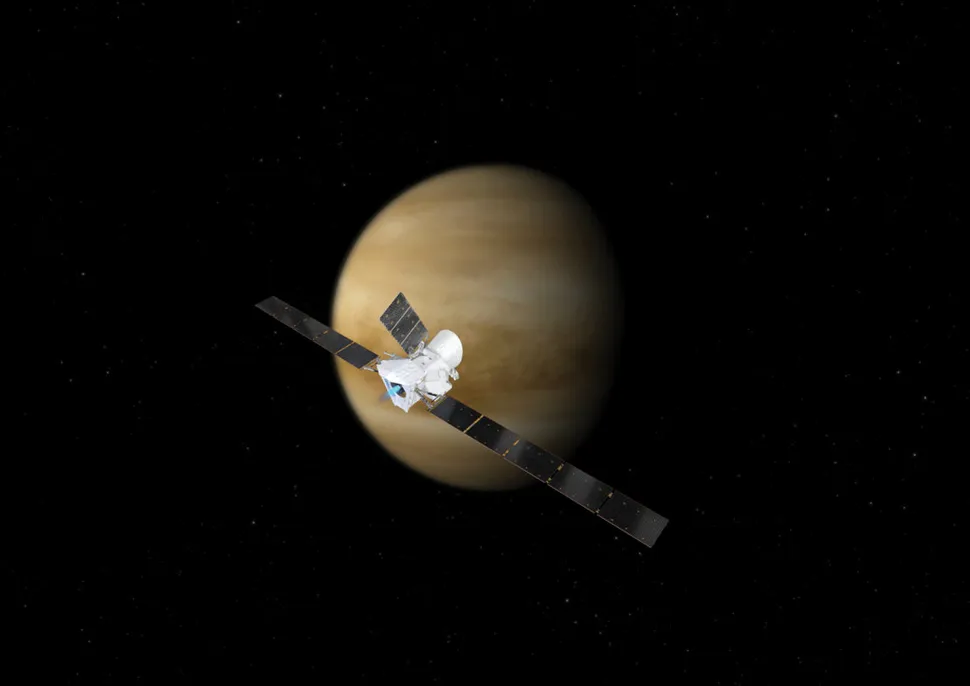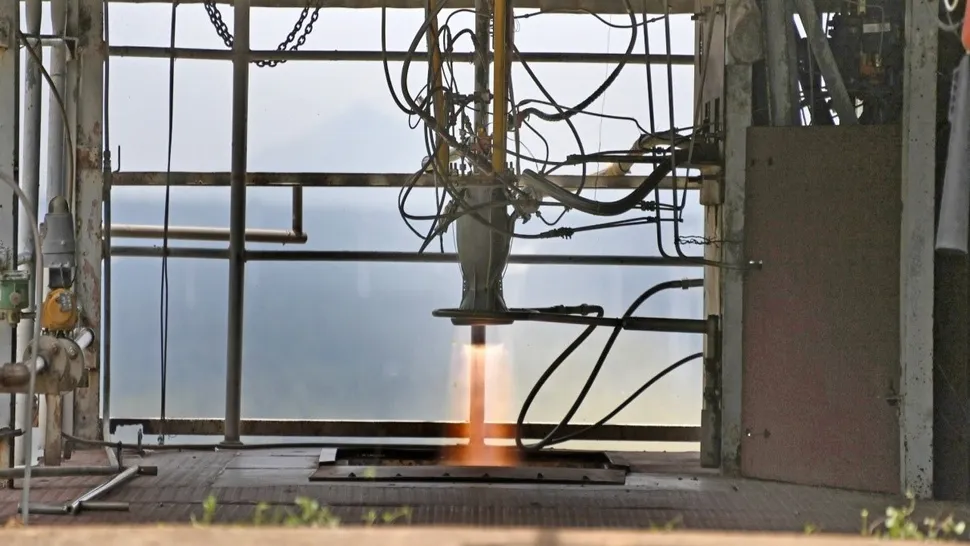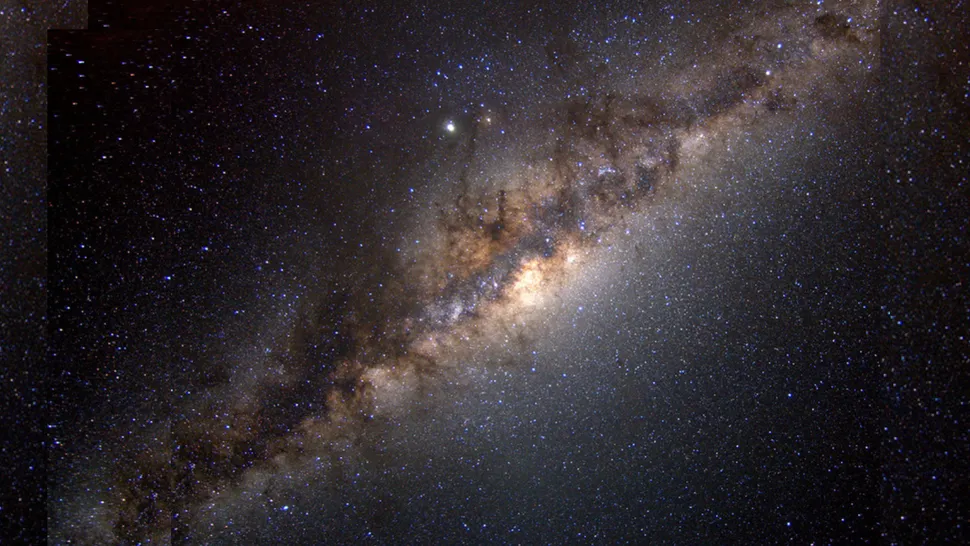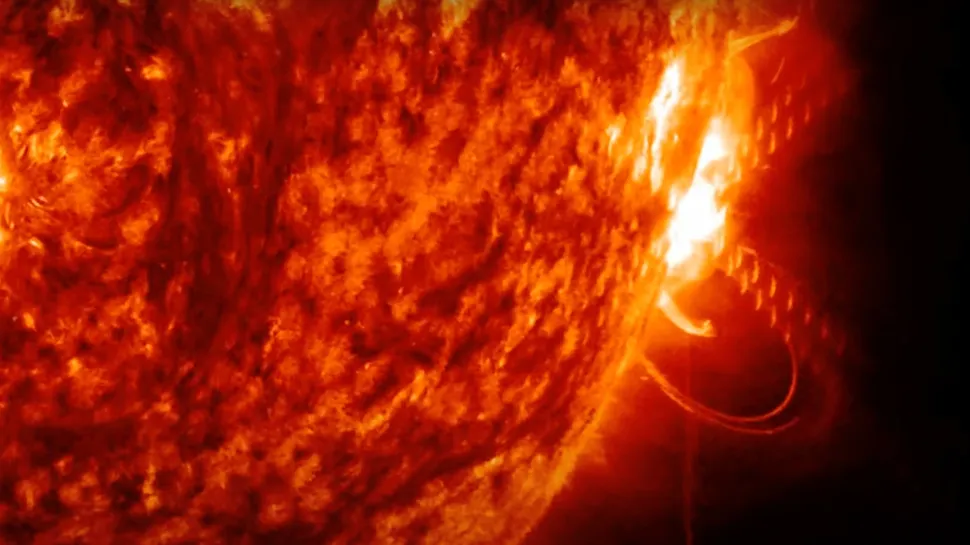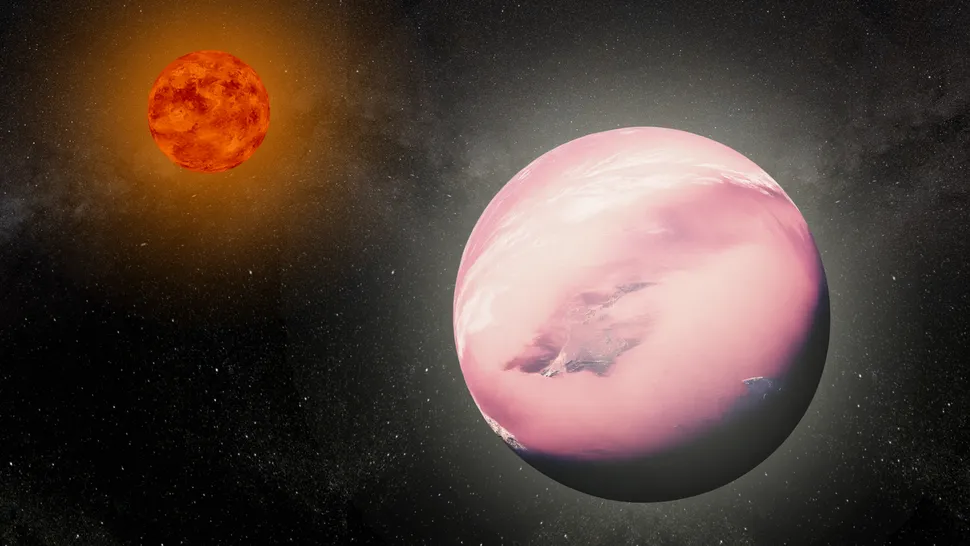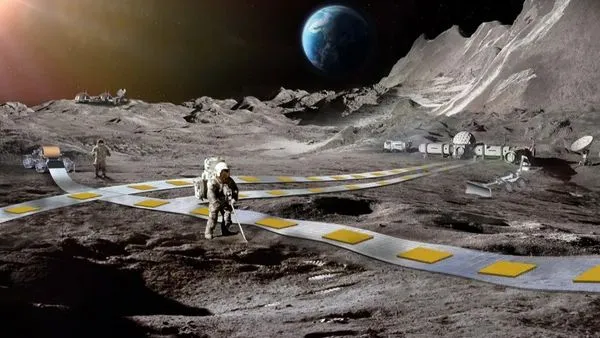Ghana Space News
On May 17, 1974, NASA launched the first Synchronous Meteorological Satellite, SMS-1. This was the first satellite designed to monitor meteorological conditions from a geostationary orbit. This kind of orbit allowed it to stay above a fixed location as Earth rotates. One of the instruments on this...
The BepiColombo spacecraft, operated by the European Space Agency (ESA) and Japan Aerospace Exploration Agency (JAXA), could be feeling the heat even before it reaches its destination: Mercury. Thanks to a glitch, the spacecraft’s thrusters are no longer operating at full power. The team has...
As you might’ve heard, there’s a little bit of solar activity going on. Okay, a lot of solar activity. In fact, there’s been so much solar activity that some heliophysicists — not to mention laypeople waiting to witness the aurora — have probably not slept for the last week or so...
India has announced a breakthrough that could boost its efforts to grow as a space-faring nation. On May 9, the Indian Space Research Organisation (ISRO) performed a successful hot-fire test of a liquid-fueled rocket engine that was built using additive manufacturing (colloquially known as 3D...
Astronomers have discovered three ancient stars “on the run” in the outskirts of the Milky Way galaxy, racing the wrong way at hundreds of thousands of miles per hour. Despite being spritely for their age, the three stars are so old that they date back to the formation of the first...
Introduction: Unearthing Potential—Space Technology’s Role in Transforming Africa’s Mining Industry The mining sector remains a cornerstone of economic development across Africa, endowed with vast reserves of critical minerals and metals that fuel global industries from electronics to energy. As a...
The sunspot AR3664, which is about 15 times wider than Earth, has finally rotated out of our planet’s view — but not before firing off two more big solar storms. The most recent solar flares from AR3664 were in the X class, the strongest category — an X3.4 monster that peaked today (May 15) at...
Astronomers have discovered a new planetary oddball beyond the solar system that is as fluffy and light as cotton candy. The extrasolar planet or “exoplanet” named WASP-193 b is around 1.5 times the width of Jupiter but has just over a tenth of the solar system gas giant’s mass...
Does a levitating robot train on the moon sound far-fetched? NASA doesn’t seem to think so, as the agency has just greenlit further funding for a study looking into the concept. The project, called “Flexible Levitation on a Track” (FLOAT), has been moved to phase two of NASA’s...


